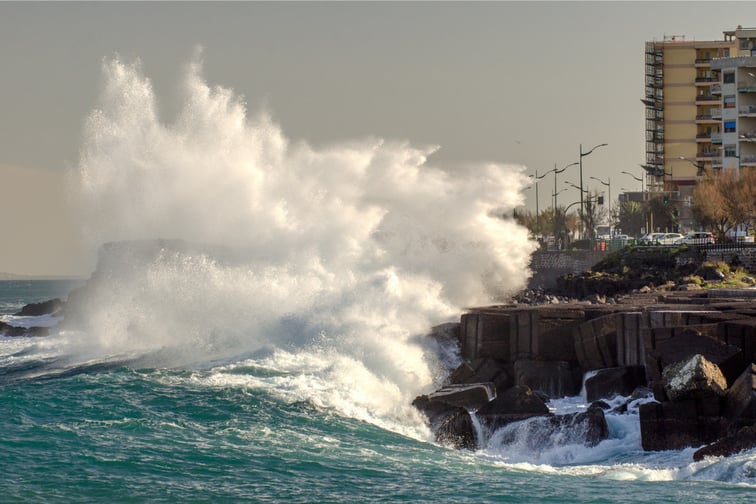

Toka Tū Ake EQC and GNS Science have worked together to combine hundreds of years of tsunami data and information and created a public resource that will increase awareness of New Zealand's tsunami risk.
The database will also provide evidence to inform better land-use planning, as well as aid further research.
EQC risk reduction and resilience manager Sarah-Jayne McCurrach said that the organisation has, over the past decade, significantly expanded its capabilities to monitor and detect tsunamis. Maintaining this data, both historical and modern, is just as important.
“Understanding tsunami information and data from monitoring equipment, as well as historic newspaper articles, maritime records, personal diary entries and Māori oral records, complements our modern-day assessment and modelling of tsunami hazard and risk in New Zealand,” McCurrach said. “While this is only a small piece of the puzzle, the database will be a key tool for decision making plus help steer New Zealand’s science and hazard risk management sector, including insurance, resource management and emergency planning and preparedness.”
Hosted by GNS Science, the New Zealand Tsunami Database features more than 900 records, dating back to the early 1800s. It is an open-access resource for the benefit of the scientific community and the public.
According to EQC, the unveiling of the new database coincides with the 75th anniversary of the second of two historic earthquakes that happened near Gisborne in 1947. Historical records show these earthquakes were not widely felt but generated two land-inundating tsunamis which have come to be known as “stealth tsunami”.
The information learned from these events is helping scientists to understand other locations in New Zealand where this type of event could occur and more importantly, provoke research that led to further investment in New Zealand’s tsunami monitoring and detection network.
“Significant research into these types of events has allowed us to better understand and model what could happen and where,” McCurrach said. “While we might not have experienced significant or damaging tsunami events like other countries have in recent years, this database shows we have experienced very large tsunamis in the past. That’s why it is important to know as much as we can about what we could face in New Zealand.”
